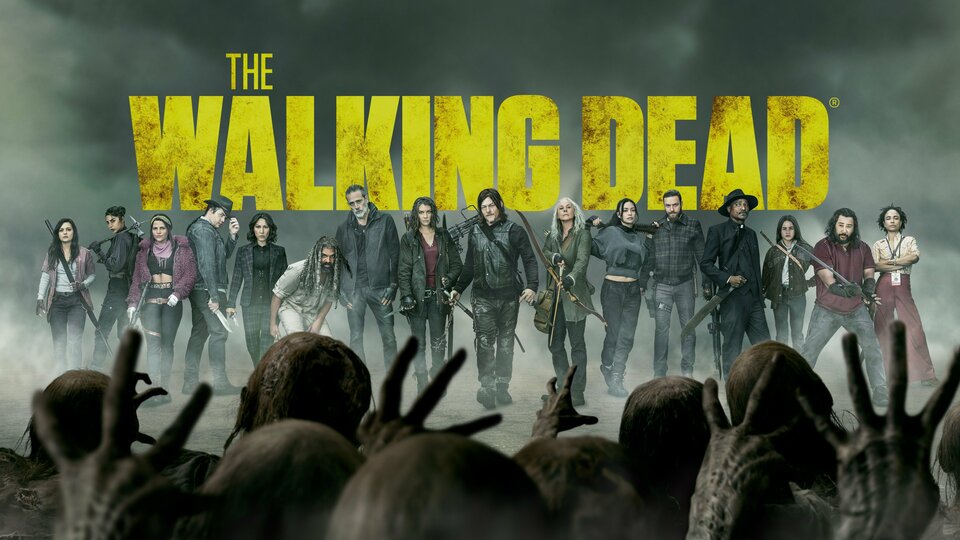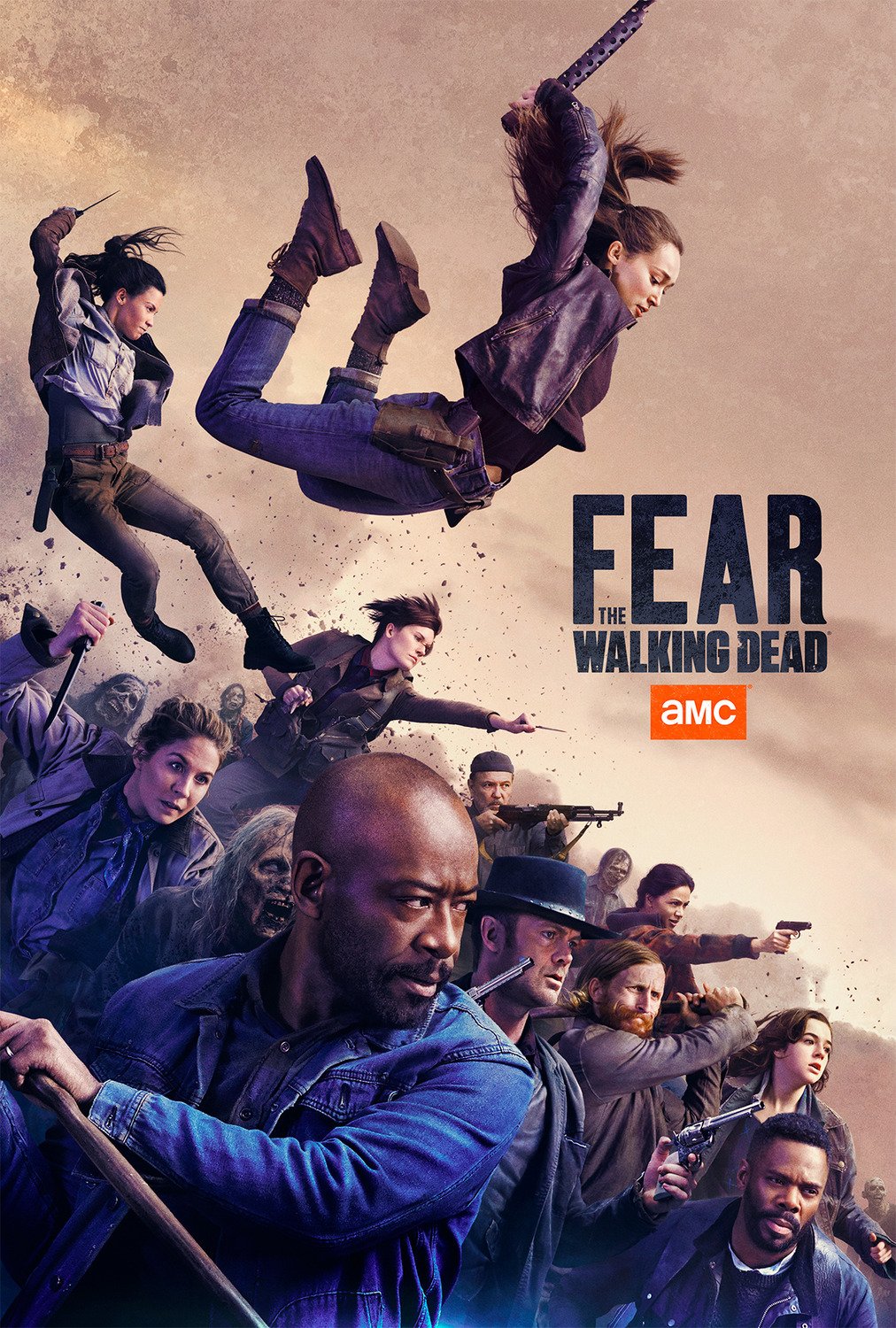The Walking Dead and Fear the Walking Dead, both AMC television series, have captivated audiences worldwide with their gripping portrayal of life in a post-apocalyptic world overrun by the undead. While both shows share the same thematic foundation, they diverge in several aspects, offering distinct perspectives on the zombie apocalypse and the human struggle for survival.

Setting the Stage: A Tale of Two Apocalypses
The Walking Dead, based on the comic book series of the same name, unfolds in the southeastern United States, chronicling the story of Rick Grimes, a sheriff’s deputy who awakens from a coma to a world ravaged by zombies. As he navigates the treacherous landscape, he encounters other survivors, forming a makeshift family and facing moral dilemmas in their fight for survival.

Fear the Walking Dead, a prequel to The Walking Dead, takes us to the streets of Los Angeles as the initial stages of the zombie outbreak unfold. We follow the story of Madison Clark, a high school guidance counselor, and her family as they grapple with the disintegration of society and the rise of the undead. Unlike Rick Grimes, who awakens into the apocalypse, the characters in Fear the Walking Dead witness its gradual descent, adding a unique dimension to their survival journey.
Exploring Narrative Differences: A Focus on Character Development
The Walking Dead, with its expansive cast of characters, explores the complex dynamics of human relationships and the psychological toll of survival in a world without rules. The characters face moral quandaries, grapple with loss and betrayal, and make difficult choices to protect themselves and their loved ones.
Fear the Walking Dead, with a smaller, more intimate cast, delves deeper into the personal experiences of its characters as they adapt to the new reality. The show explores themes of family, loyalty, and the struggle to maintain a sense of normalcy amidst chaos.
Visual Distinctions: Capturing the Essence of Two Worlds
The Walking Dead, set in the rural South, often features desolate landscapes, abandoned towns, and overgrown forests, reflecting the post-apocalyptic decay of society. The show’s cinematography utilizes muted tones and somber lighting to create an atmosphere of despair and hopelessness.
Fear the Walking Dead, set in the vibrant city of Los Angeles, contrasts with the bleakness of The Walking Dead. The show’s visuals capture the jarring juxtaposition of a once-thriving metropolis now overrun by the undead, creating a sense of unease and disorientation.
Appealing to Diverse Audiences: A Tale of Two Fan Bases
The Walking Dead, with its more mature themes and graphic violence, appeals to a wider audience, including those who enjoy horror and action genres. The show’s popularity has spawned a vast fan base, generating discussions, fan theories, and a thriving cosplay community.
Fear the Walking Dead, with its focus on family dynamics and character development, resonates with audiences who appreciate character-driven narratives and psychological exploration. The show’s prequel status and connection to The Walking Dead have also attracted a dedicated fan base eager to delve into the origins of the apocalypse.
Conclusion: A Universe of Zombie Storytelling
The Walking Dead and Fear the Walking Dead, while sharing the same thematic foundation, offer unique perspectives on the zombie apocalypse and the human struggle for survival. Each show appeals to different tastes and preferences, expanding the universe of zombie storytelling and captivating audiences worldwide.